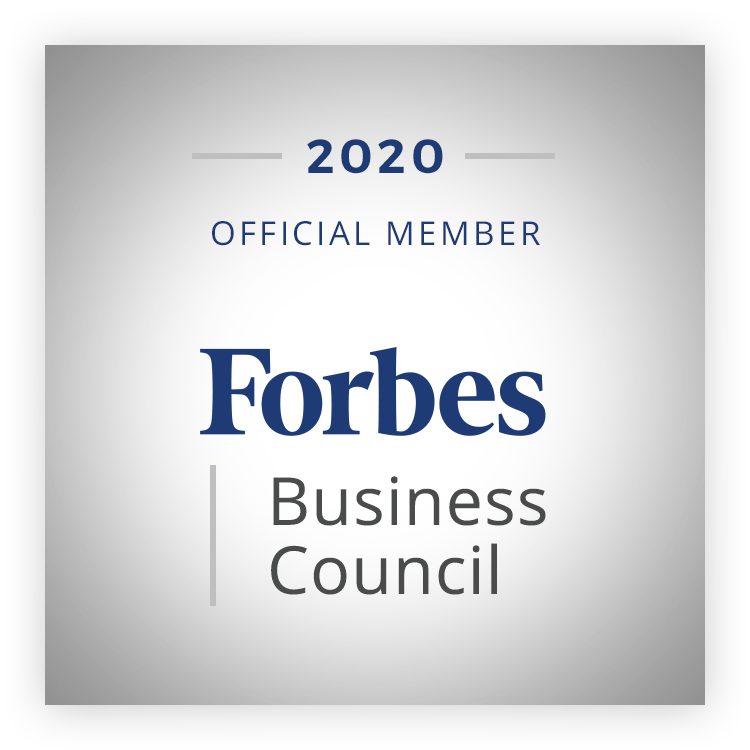There are so many gifts being ordered on Amazon right now that your doorbell might ring to notify you of a new package before you finish reading this article. As many of us stayed home this holiday season, Amazon continued to set holiday shopping records.
The process of ordering and receiving an Amazon package has not changed much in the last twenty years: you select an item, enter your payment information, the item is retrieved from the warehouse to a plane or tractor trailer and, finally, set on your doorstep via a delivery service.
If you only looked at the basic structure of Amazon’s business model, you would not realize that just under the surface there are constant changes happening every minute. In fact, Amazon’s software development is so agile, it releases a new change every 11 seconds, amounting to 8,000 changes per day. In comparison, for every software change that Staples makes, Amazon has already completed 300,000 individual changes.
Amazon’s seamless integration of agility and structure has lessons for every company, regardless of industry.
The Costly (and Common) Trade Off
Often, a company’s greatest strength is also its greatest weakness. Many businesses are initially successful either by being agile (adapting and innovating in a changing environment) or by being structured (operating on fixed business models and systems), but ultimately they fail to balance the two. Successful startups typically establish a foothold in the market by using agility to create a disruption in their field, but lack the structure to scale their business. For instance, Sanjit* was a technology startup founder who established a sizable foothold by developing an innovative fiber-optics system because of his singular obsession on product development; however, when the team tried to scale, Sanjit remained solely focused on product and did not allow time for building the team. Ultimately, infighting disrupted the scaling process and the company was acquired for a meager sum. On the other hand, prominent conglomerates like Blockbuster and Polaroid dominate industries by creating repeatable and scalable structures but often fail to change with new demands. This either/or approach prevents companies from expanding beyond the organizational frameworks that initially created their successes.
And they pay a steep cost for this trade off.
After evaluating over 2,300 large U.S. companies, Columbia Business School professor Rita Gunter Mcgrath found that only ten of those companies increased their net income by at least 5 percent every year in the ten years leading up to the study (2009). What did these companies have in common? Gunter Mcgrath discovered that each of these thriving businesses relied heavily on both substantial structure and fast-track innovations. In other words, they understood how to balance stability and agility.
Getting this balance right not only affects your culture and your processes, it affects your bottom line.
Risk, Stability, and Experimentation
Because businesses exist in dynamic markets and economies, no company achieves the perfect ratio of agility and structure, but there are ways to work toward rebalancing the two. For companies that are historically nimble but unstable, and for companies that are structured but stiff, here are several options to start incorporating greater equilibrium into your business:
1. Let go of control.
This insight targets companies who want to add more agility. As David Allen says, “control is the master addiction.” This addiction often stands in the way of building a healthy company from the ground up. Removing the roadblocks to corporate agility requires experimentation.
For example, one international chemical manufacturing company enlisted McKinsey because they were struggling to maintain a foothold in the international market. Together they created a small, separate division that has license to rapidly experiment and innovate and allowed the head of that division to report directly to the CEO in order to bypass bureaucratic roadblocks. After the addition of the agile unit, the company successfully positioned itself to acquire a large portion of the most viable emerging market in China. Alternatively, a startup CEO was overwhelmed with the number of customer decisions they were personally being consulted for. So, he gave every customer service representative the liberty to make decisions that cost less than $100 without contacting him first. As the department to act more autonomously and swiftly, the CEO was pleasantly surprised to discover that very few misjudgements were made and he savored the free time he generated with this new set up.
Splitting your company into fast-acting segments and slow-acting segments surrenders some control in the short-term while unleashing long-term company growth and experimentation.
2. If it isn’t broken, don’t fix it.
When done correctly, structure is not a roadblock to innovation, it is the gateway. Once you find a successful structure, stick to it. If you lead a startup or a fast-growth company and you are used to a culture of fast innovation, then you might struggle to settle down even after you find a system or business model that works.
Companies who are looking to add more structure should learn from the playbook of an 80-billion-dollar company that has consistently delivered top-quartile returns: Coca-Cola. In the early stages of company development, Coca-cola discovered a successful model of structuring its business geographically with centralized strategic control Coca-cola experiments within its regional units, but it has not changed the basic operating model to this day. After 128 years in business, maintaining this foundational structure has enabled Coca-Cola to experiment and innovate in a rapidly changing market in order to maintain industry domination.
3. Balance your structure/agility portfolio.
Much like diversifying your financial portfolio by including a good mixture of high-risk and low-risk investments, business leaders should do the same for their companies. The best executives should develop their business in such a way that is prepared for markets that require innovative agility and markets that require steady structure.
Notice the chemical manufacturing company above did not take all of their structured units and make them agile (that would be like realizing your financial portfolio is extremely risky to you sell all of your stocks and buy only bonds). Instead, they maintained their structured units and added an agile unit to balance their structure/agility portfolio. On a regular basis, executive teams should assess their company’s risk tolerance and evaluate your current structure to agility ratio. Every company portfolio ratio will be different, so before making any major decisions the management team should carefully consider what a healthy risk range is and how an action will affect the balance.
There is no such thing as attaining the perfect agility-structure balance. However, your company most likely has a natural inclination toward one or the other. Addressing this imbalance is key to optimizing your company’s potential.
*Name changed to protect identity.
Want to discover the organizational strengths and weaknesses of your business? We can help. Sign up for our free 10 minute organizational assessment for valuable insights to help you grow.


